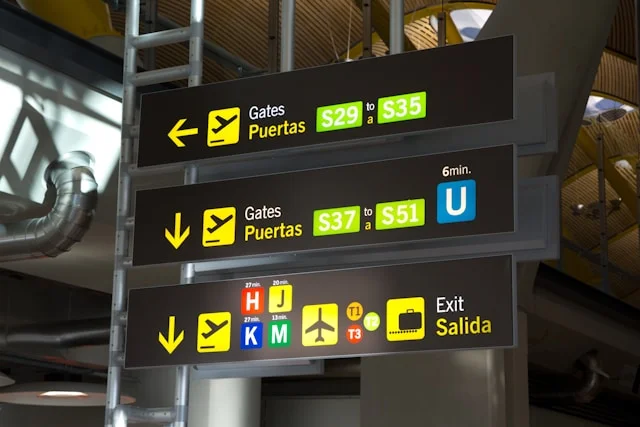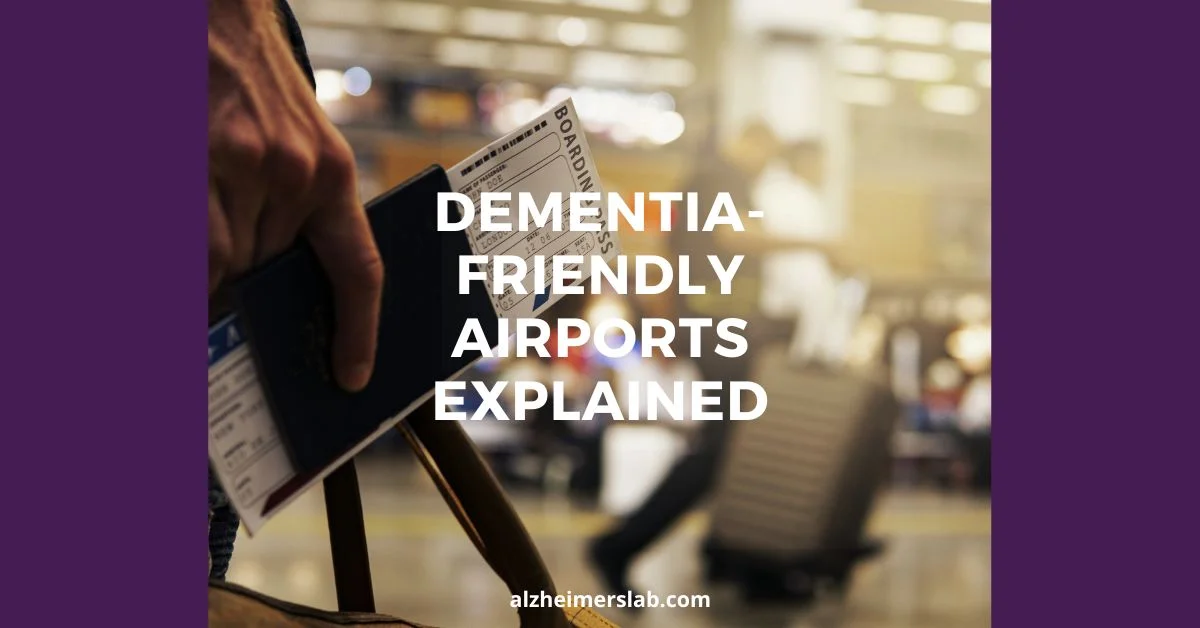Dementia-Friendly Airports Explained: Making Travel Easier
Traveling can be stressful, especially for people with dementia and their caregivers. Airports are busy places with lots of noise, people, and activities. For someone with dementia, this can be overwhelming. They might get confused, anxious, or even lost. But there is good news: some airports are making changes to help travelers with dementia. These airports are becoming “dementia-friendly.” In this blog post, I will explain what a dementia-friendly airport is, why it is important, and what features help make an airport dementia-friendly. I will also share some examples of US airports that are making flying easier for those with dementia.
What is a Dementia-Friendly Airport?

A dementia-friendly airport is designed to help people with dementia feel comfortable and safe while traveling. Dementia affects a person’s memory, thinking, and ability to make decisions. This can make navigating an airport very challenging. A dementia-friendly airport takes these challenges into account and makes changes to help travelers with dementia. These changes can include clear signage, quiet areas, easy-to-find restrooms, and more. The goal is to make the travel experience as smooth as possible for people with dementia and their caregivers.
Clear Signage and Wayfinding

One of the biggest challenges for someone with dementia is finding their way around. Airports can be confusing with their many gates, terminals, and services. Clear signage and wayfinding can make a big difference. Signs should be easy to read with large, bold letters. They should use simple language and symbols. Color-coding can also help. For example, signs for restrooms could be blue, and signs for gates could be green. This helps travelers quickly identify where they need to go.
Minimizing Visual and Auditory Stimulation
Airports are full of sights and sounds. For someone with dementia, this can be overwhelming. Too much visual and auditory stimulation can cause anxiety and confusion. Airports can help by minimizing these stimuli. This might mean reducing the number of flashing lights or loud announcements. It can also include using soft, calming colors on walls and floors. Carpets can help reduce noise from footsteps and rolling luggage. The goal is to create a calm and relaxing environment.
Quiet Areas
Traveling can be tiring, especially for someone with dementia. Quiet areas provide a place to rest and relax away from the hustle and bustle. These areas can be dedicated rooms or simply seating away from busy areas. They should have comfortable chairs and be easy to find. Quiet areas can help reduce anxiety and provide a safe space for travelers to gather their thoughts.
Readily Accessible Toilets and Adult Changing Tables

Finding a restroom quickly can be very important for someone with dementia. Restrooms should be easy to find and clearly marked. They should also be accessible, meaning they are easy to get to and use. This includes having adult changing tables for those who need them. Clean, accessible restrooms can make a big difference in the travel experience for someone with dementia.
Attention to Floor Surfaces and Lighting

Floor surfaces and lighting are often overlooked, but they can greatly impact someone with dementia. Floors should be smooth and even to prevent trips and falls. Avoid patterns or shiny surfaces that can be confusing or look like obstacles. Good lighting is also important. Airports should have bright, even lighting without harsh shadows or glare. This helps travelers see clearly and feel more confident navigating the airport.
US Airports Making Changes
According to a report by AP NEWS, nearly a dozen US airports are making changes to become more dementia-friendly. These airports are adding amenities like quiet rooms and simulation centers. Phoenix Sky Harbor International Airport, for example, has a quiet room where travelers can relax away from the noise. Kansas City International Airport has a simulation center where travelers with dementia can practice going through security and boarding a plane. These changes are making a big difference for travelers with dementia and their caregivers.
Why Dementia-Friendly Airports Matter
Dementia-friendly airports are important for several reasons. First, they make travel more accessible for people with dementia. This means that more people can travel safely and comfortably. Second, they help reduce stress and anxiety for both travelers with dementia and their caregivers. Traveling can be exhausting, and these changes can make the experience much smoother. Finally, dementia-friendly airports raise awareness about dementia. They show that airports are thinking about the needs of all travelers, not just the majority.
Conclusion
Traveling with dementia can be challenging, but dementia-friendly airports are making a difference. By adding clear signage, minimizing visual and auditory stimulation, providing quiet areas, and ensuring accessible restrooms, airports are helping travelers with dementia have a smoother, more comfortable experience.
US airports like Phoenix Sky Harbor and Kansas City International are leading the way with innovative changes. These efforts are important because they make travel more inclusive and raise awareness about dementia. If you or a loved one has dementia, look for airports that offer these amenities to help make your travel experience easier and more enjoyable.

